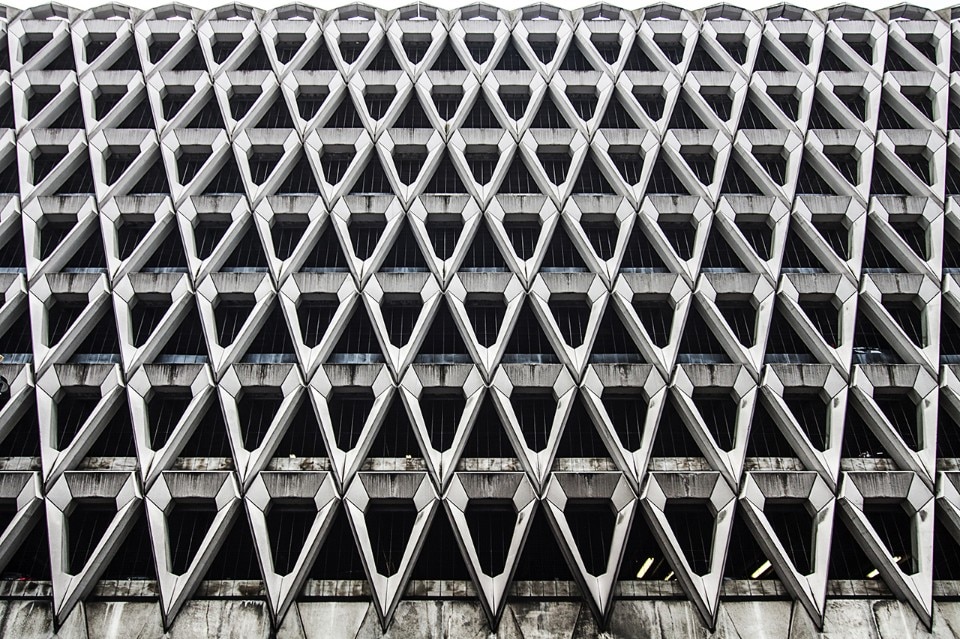– In transplanting familiar edifices in the midst of upheaval, within landscapes often barren of life, Pouria Khojastehpay manipulates a degraded and dystopian atmosphere.
– The images by Roberto Conte are part of a much wider and long term photo project on Brutalist architecture all over the world, aiming to rediscover these structures and their influence.
– In the series by Denis Esakov on modernist architecture in Russia, the functionalist pathos of avant-garde, the monumental ambitions of the Stalin era, and the mass production of affordable square meters during the Khrushchev-Brezhnev period appear as quixotic experiments.
– The story of the Sirius Building in Sydney, designed by Tao Gofers in 1978, offers an indication of the future of Australia’s brutalist architecture, which can only become resilient to demolition if public opinion and interest from the community converge in its favour.prendentemente resistente.
– The photographer Anna Positano documented the recent transformation of the Macedonian capital that has taken its shape in the last 50 years, through phisycal and political hearthquakes.
–The new location of the Galería OMR in Mexico City by Riestra, Arnaud & Werz preserves the character of the existing brutalist building and transforms it into a generous exhibition space.
– In an eight-minute condensation of the past history, grim present and uncertain future of what was once the largest and most ambitious social housing project in Europe, Joe Gilbert trains his narrative photographic eye on a derelict place, paying homage to its dignity.
– At the Vitra Design Museum, Assemble and Simon Terrill recreate Brutalist playgrounds as hybrid architectural installations and sculptures for adults and children.
Top: Michael Blampied & Partners, Henrietta Place – Welbeck Street car park, 1969. London, Great Britain. Photo Roberto Conte


